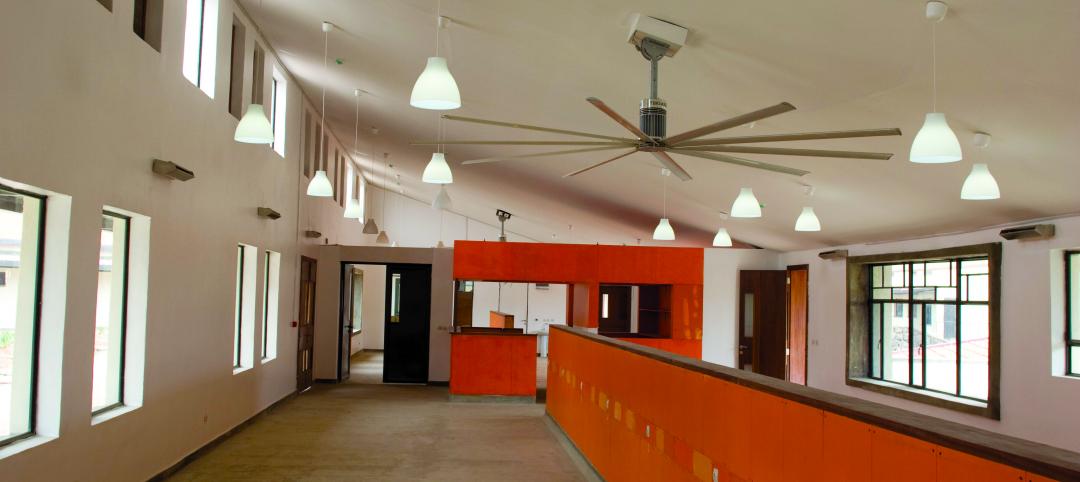Despite misleading media reports, January 1 did not mark a ban on the manufacture or import of 60-watt and 40-watt incandescent bulbs.
Reports typically suggest that consumers get used to buying pricier, more efficient compact fluorescent or LED bulbs, or else stock up on incandescents while supplies last.
Actually, there is no incandescent light bulb ban in the United States. In fact, more efficient incandescents (such as a halogen 43-watt to replace the 60-watt) are now on the market.
(http://www.theverge.com/2014/1/1/5263826/the-incandescent-light-bulb-isnt-dead)
Related Stories
| Jun 28, 2011
Business case for net-zero
BD+C Editorial Director Robert Cassidy talks to Philip Macey, AIA Haselden Construction, about the cost and effect of net-zero buildings.
| Jun 1, 2011
Low-energy fans help combat disease in Rwandan clinic
Isis fans from Big Ass Fan Co. help kill airborne pathogens in Rwanda’s Butaro Health Clinic by passing air over UV lights.
| May 25, 2011
Smithsonian building $45 million green lab
Thanks to a $45 million federal appropriation to the Smithsonian Institution, the Smithsonian Environmental Research Center in Edgewater, Md., has broken ground on what is expected to be one of the most energy-efficient laboratories in the country. The 69,000-sf lab is targeting LEED Gold and is expected to use 37% less energy and emit 37% less carbon dioxide than a similar building.














